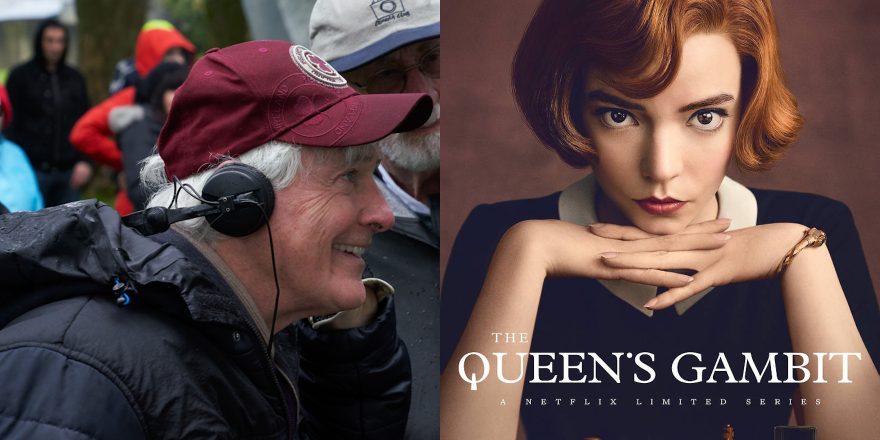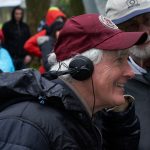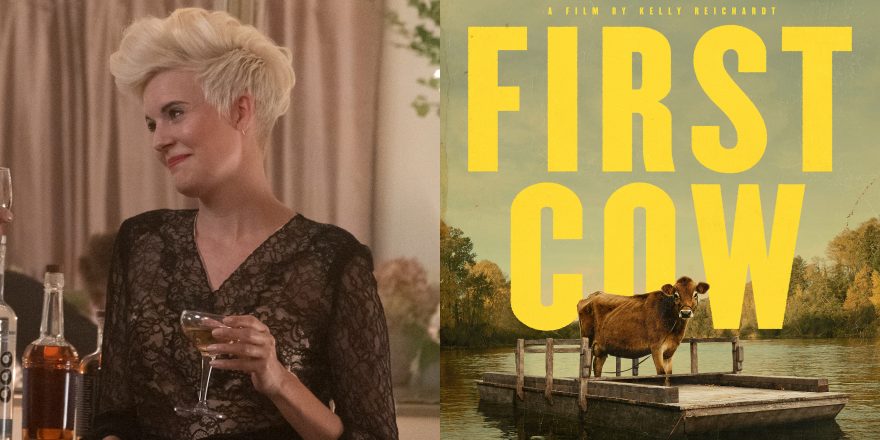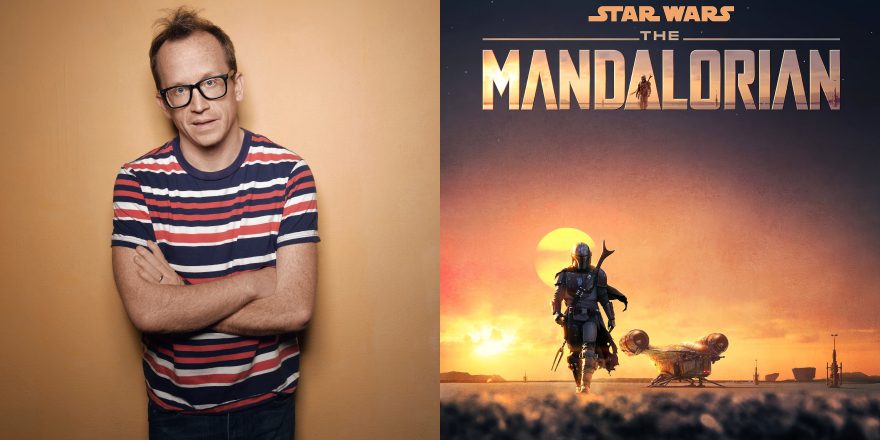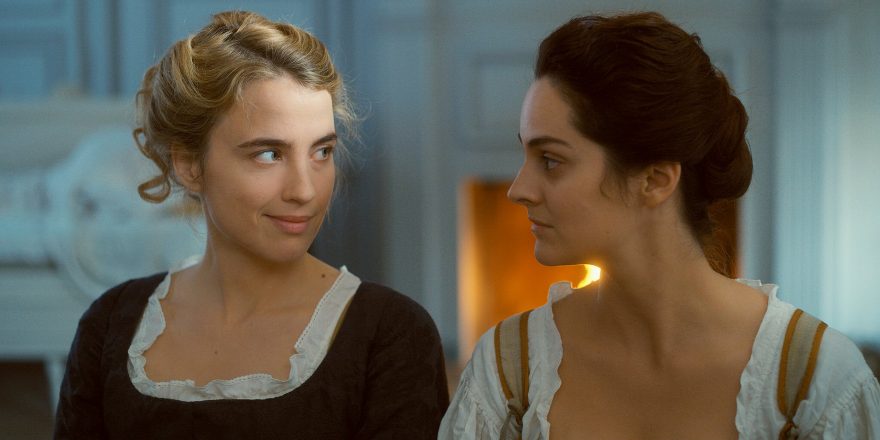The film that really struck me which opened wide in 2020 was Portrait of a Lady on Fire. First of all, I enjoyed the film as a work of cinema: I thought the cinematography was jaw-droppingly good, the script was really strong and everything about it had a sparkling quality. Céline Sciamma didn’t use music except when it arose organically, late in the story, and the purity of that really hit me. The additional thing that happened was, as I was sitting watching the movie, I started looking from the movie to my walls, because it turns out that the painter Hélène Delmaire, who painted the paintings in the film – and whose hand is actually holding the brush in the film – is an artist whose work covers my walls.
A few years back, I saw a painting of hers online and was so taken with it that I took steps to find out how to contact her. I told her I’d like to buy one of her paintings, but she told me that wasn’t possible as she was preparing for a show in Paris. So I got a friend who’s an art broker to be an intermediary and ended up buying about nine paintings out of her show and having them shipped here. Now they festoon the walls of my apartment! As I was watching Portrait of a Lady on Fire, the film seemed to be spilling out of the rectangle and became truly 3D. It was really wild. Before starting the film, I hadn’t known of her involvement or realized I was going to have that experience, so it was doubly thrilling for that reason.
Of the TV I watched this year, I loved The Queen’s Gambit. I couldn’t get over the absolute mastery of Scott Frank over that series. I found it very moving and unexpected in subtle ways, visually stunning – the way that he saw how to make chess compelling on screen – and the music was superb. Every aspect of the production was just first rate, and Anya Taylor-Joy wasn’t bad either!
I hope to God that somebody someday will send me a good book like The Queen’s Gambit to adapt. The quality of the best books is they have a great plot, because to have that to work with is a special gift. I adapted the nonfiction book Alive about the Andes disaster, which was just a great book, and I got a fan letter from Piers Paul Read, who wrote the book, saying, “I don’t know how you managed to get the screenplay to include everything that was true and important.” I like to do a true story as true, or fanciful story as fanciful. It is definitely a puzzle how to take a true story and turn it into a true film, but I think it’s a worthy puzzle.
I think now is the time for there to be a feature about Harry S. Truman, because he was a fascinating character, utterly unlike anyone anyone in or out of politics today. The guy was just forged of different stuff than is available today. To write something about this present moment is like trying to make a sand painting in a hurricane. The zeitgeist is so in flux. They always say, “It was a terrifying time, but it was also an exciting time.” Well, this is a terrifying time without being an exciting time. It makes your eyes dilate just trying to process the information that’s coming at you.
With the political tumult here and all over the world, and with the pollution and the environment and the pandemic, you realize, over and over again, that there’s nowhere to run. People have been that saying for a long time, but now it’s been brought home to every man, woman and child on the planet. I don’t know exactly what it’s going to look like when this is over, but I hope there will be some kind of moment like the Roaring Twenties, when people can just party. There are so many disturbing elements afoot, that to find commonality – which has always been my purpose as a writer – is very difficult when you’re dealing with so many crazy people.


